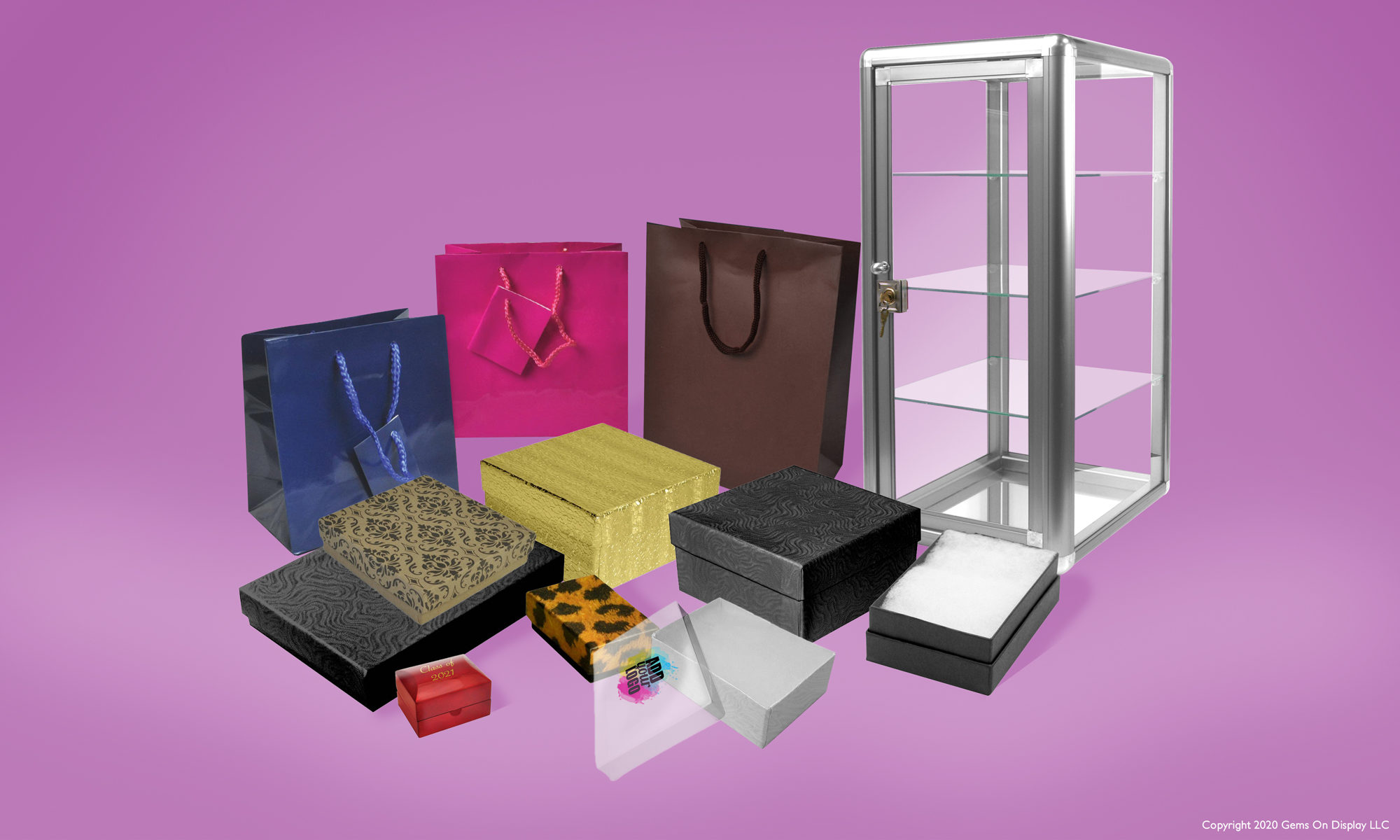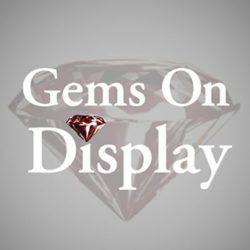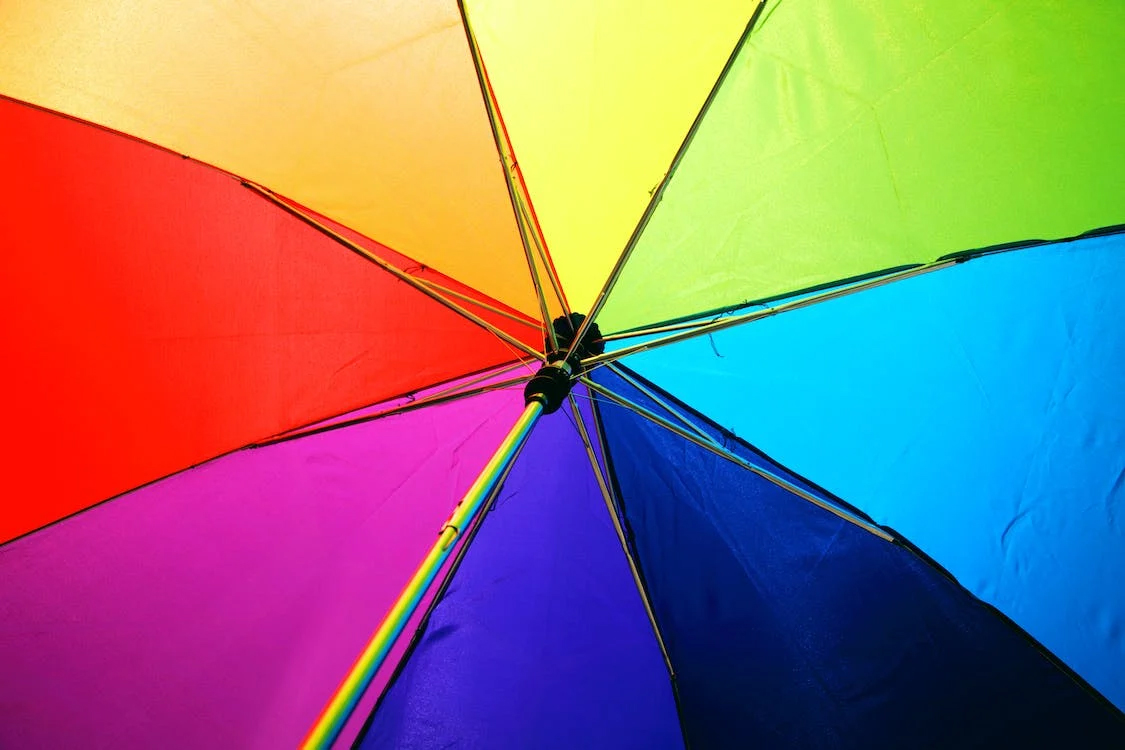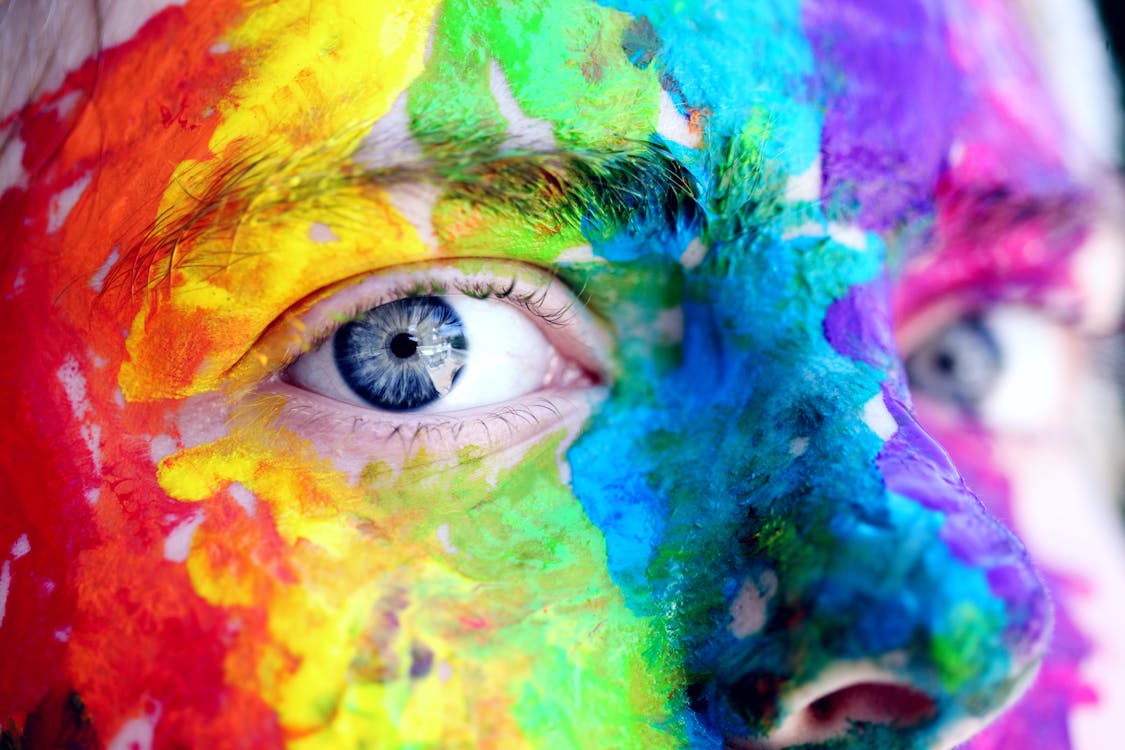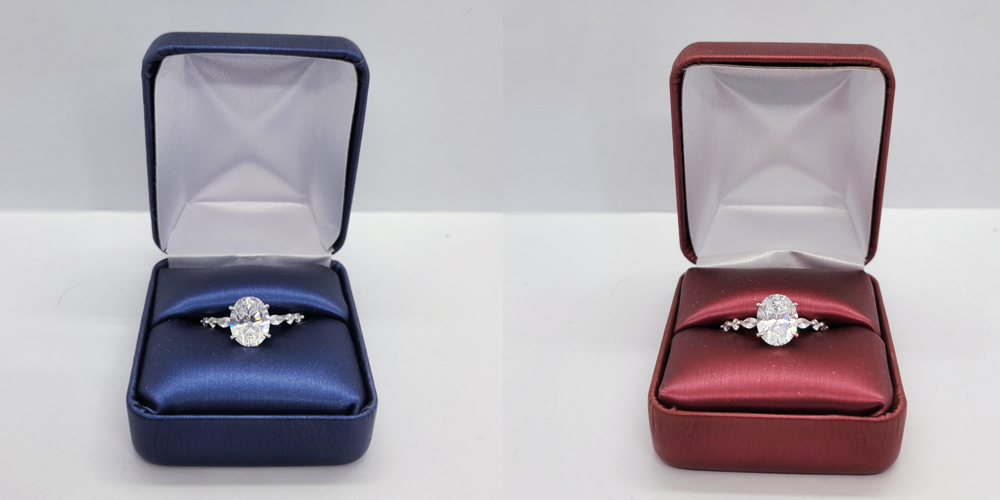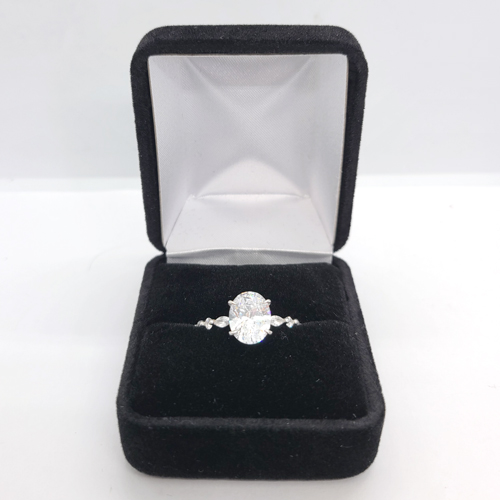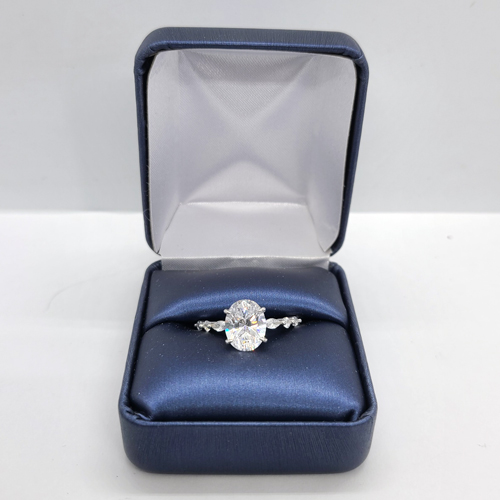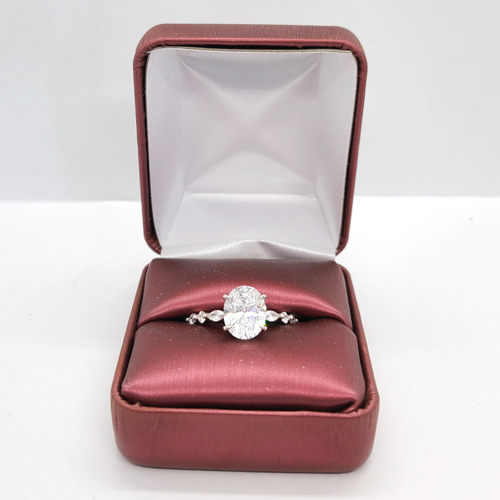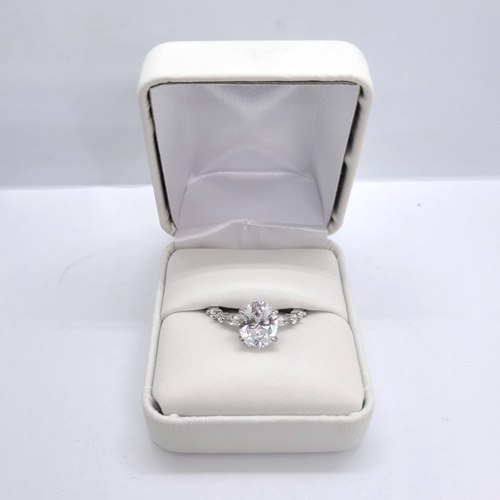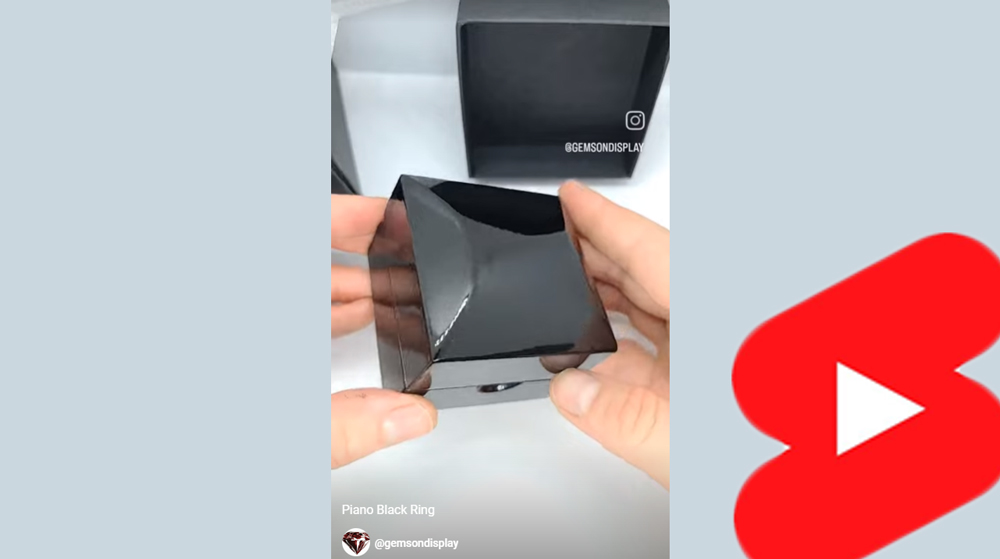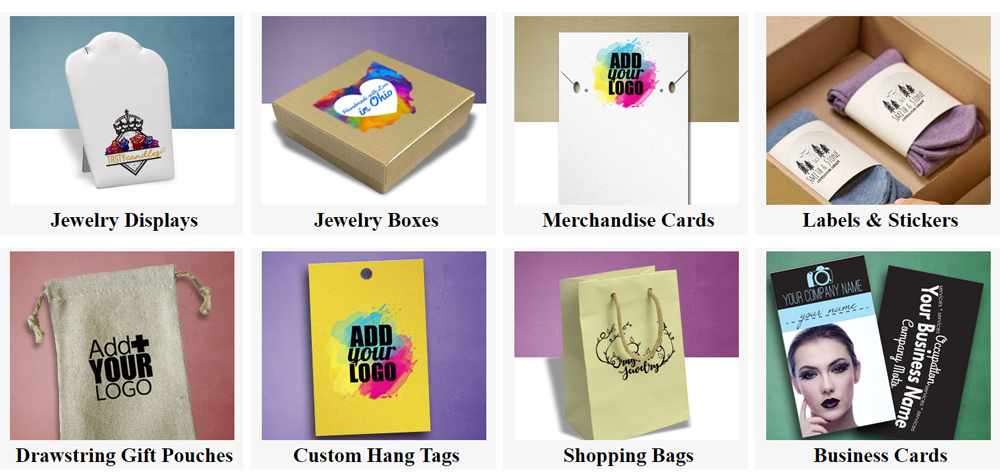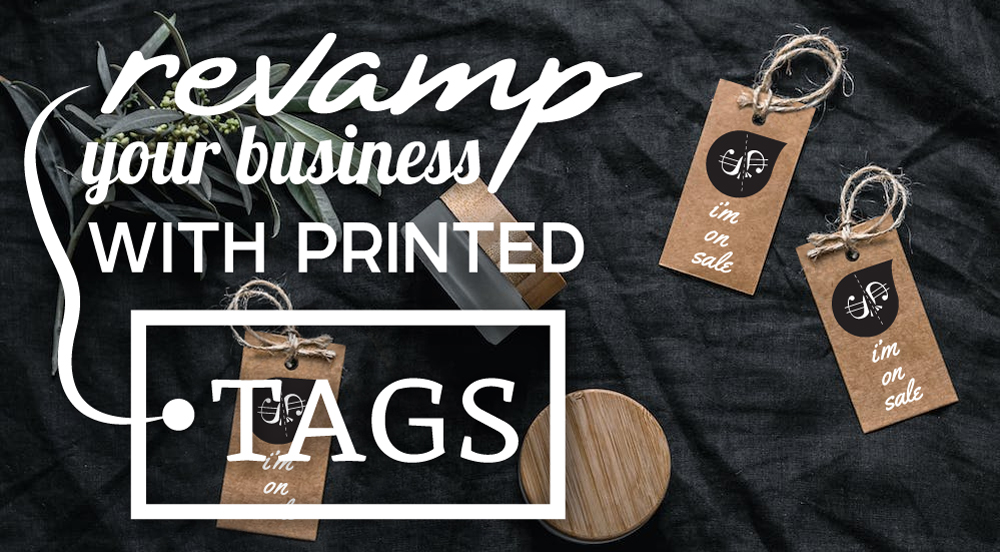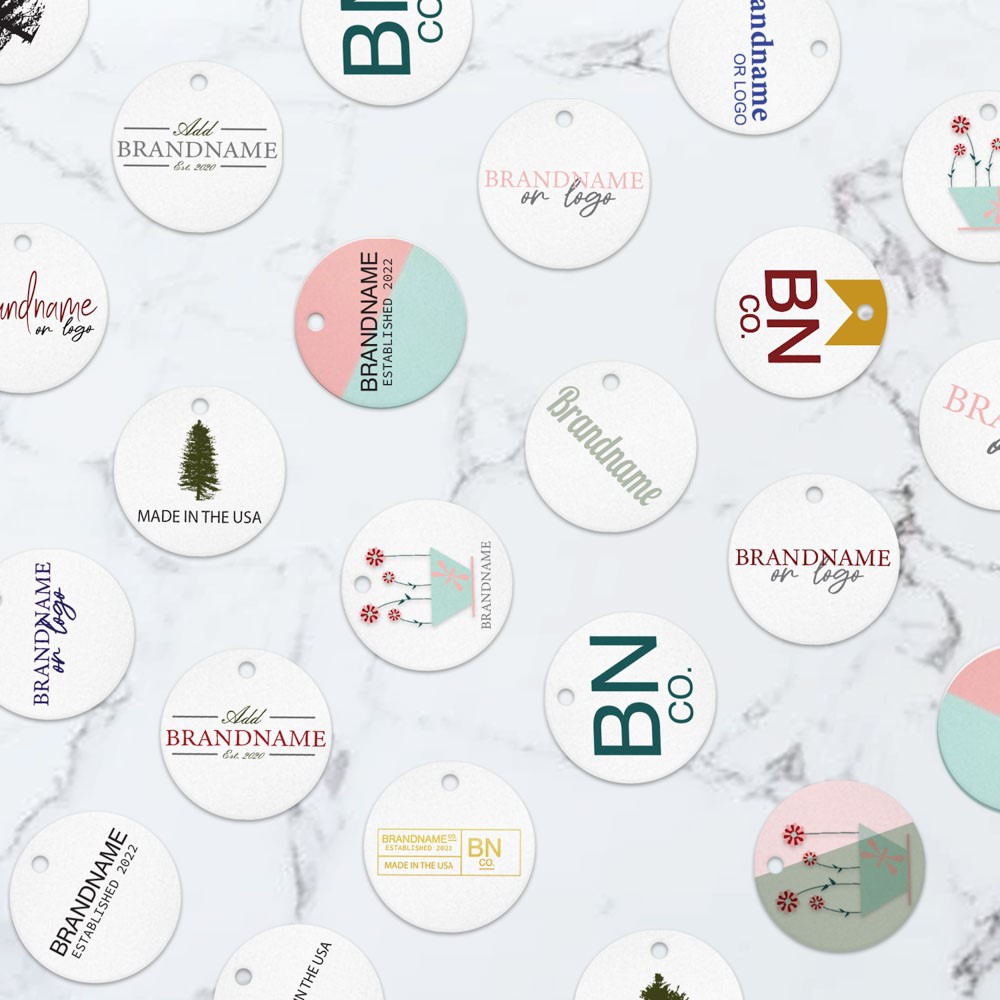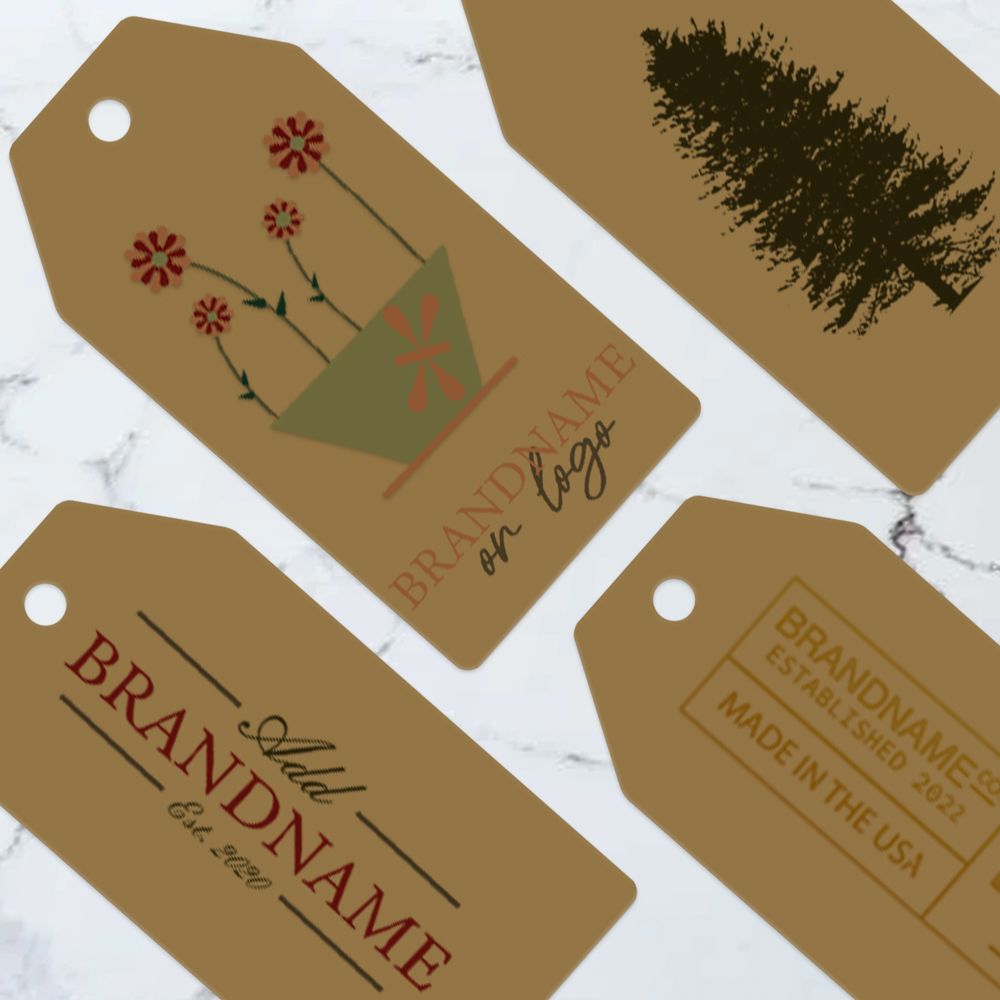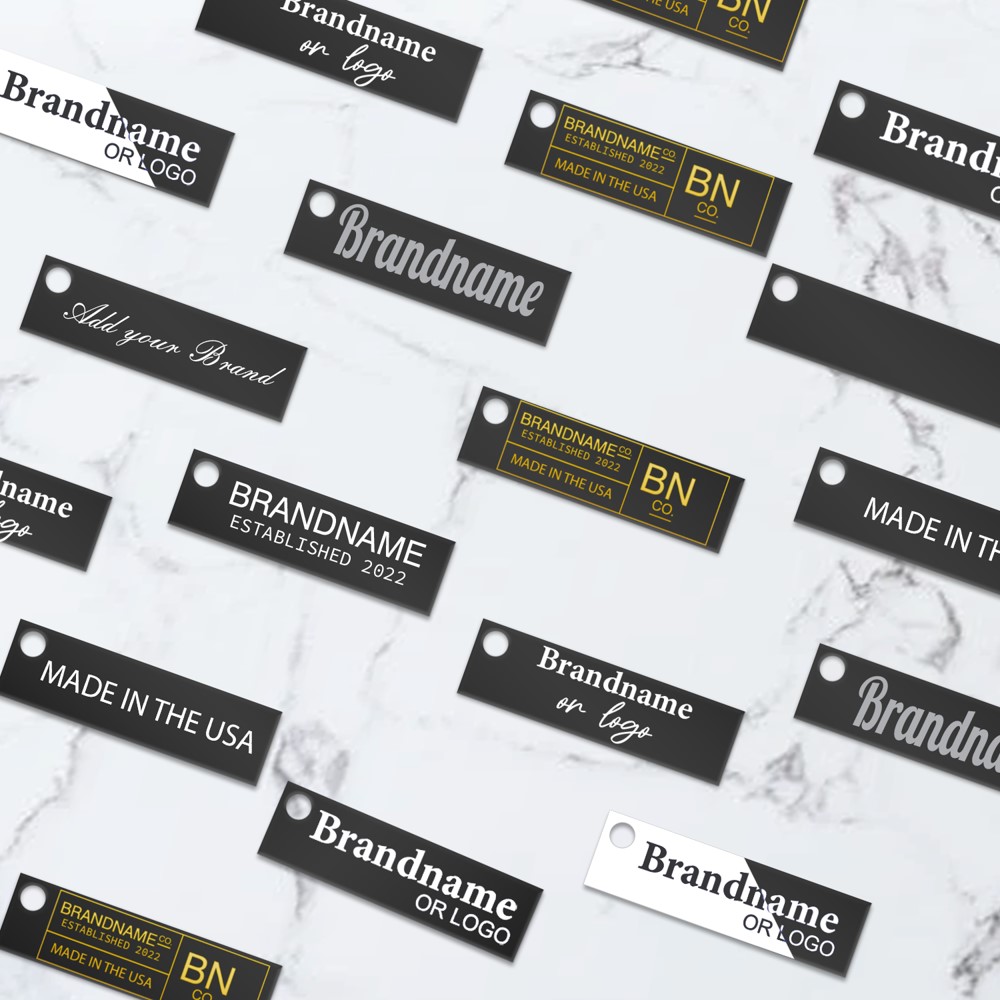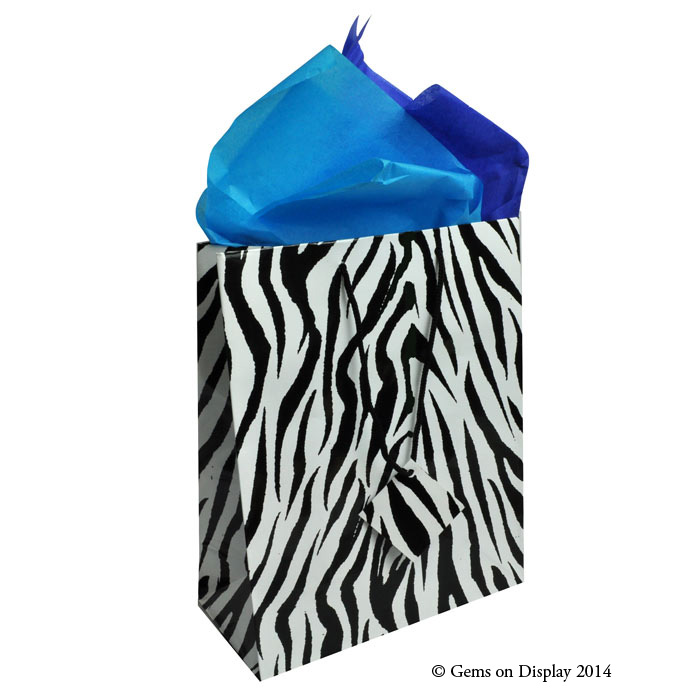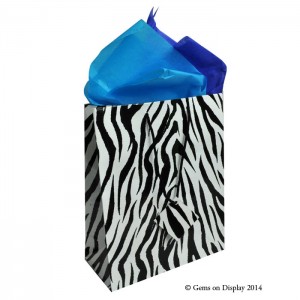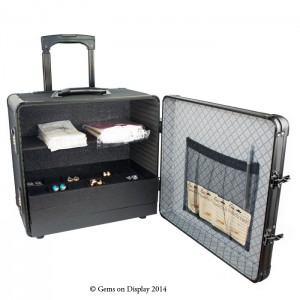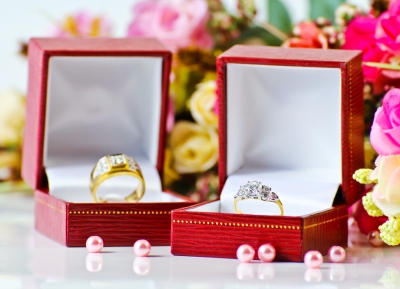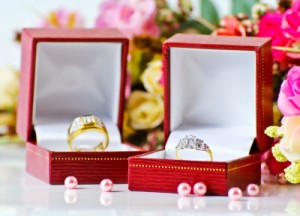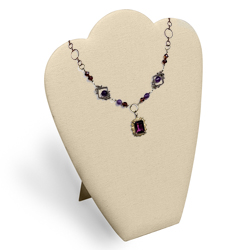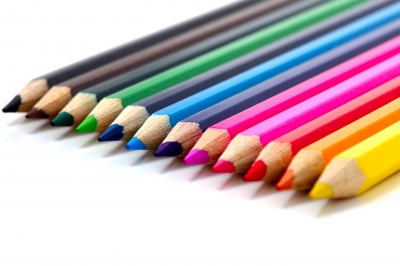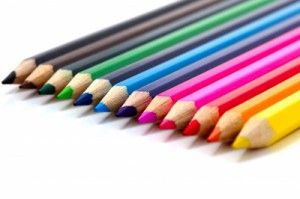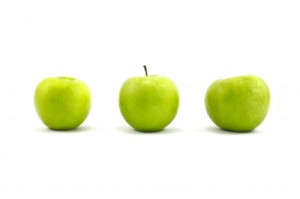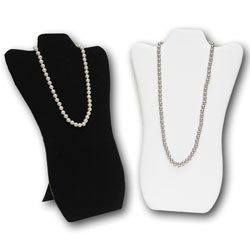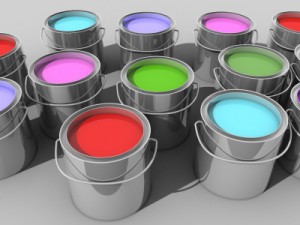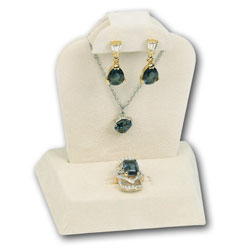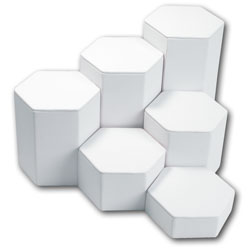Jewelry is more than just adornment; it’s a form of self-expression. From elegant necklaces to dazzling earrings, the colors we choose can significantly impact the overall look and feel of our accessories. Understanding color schemes in jewelry can elevate your style and help you create stunning combinations that reflect your personality. So, let’s delve into the world of color and uncover the secrets of harmonious jewelry design.
The Basics of Color Theory
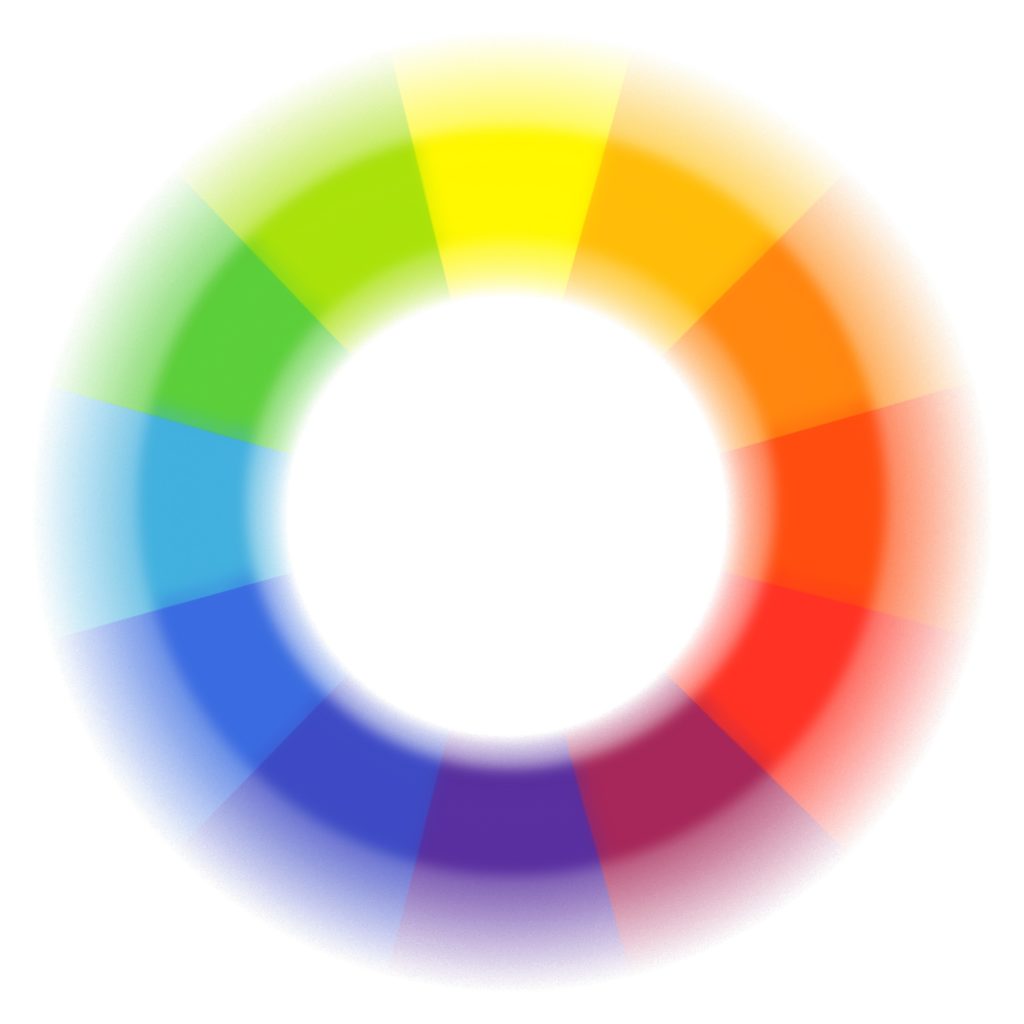
Before we dive into specific color schemes, it’s essential to grasp the basics of color theory. The color wheel is a valuable tool that helps us understand how different hues interact with each other. Colors can be classified into primary (red, blue, yellow), secondary (orange, green, purple), and tertiary (red-orange, yellow-green, blue-purple) categories. Additionally, colors can be warm (reds, oranges, yellows) or cool (blues, greens, purples), depending on their undertones.
Monochromatic Magic
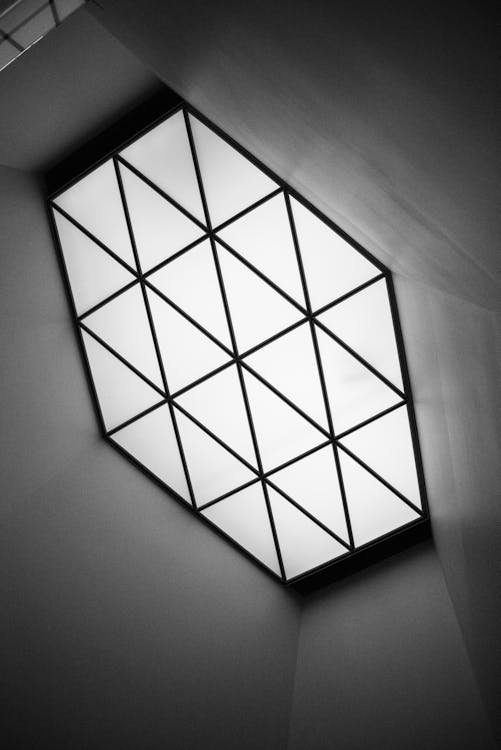
Monochromatic color schemes involve using variations of a single color. In jewelry design, this can create a sophisticated and cohesive look. For example, pairing different shades of blue sapphires or green emeralds can add depth and elegance to your ensemble. Monochromatic schemes are versatile and can be tailored to suit any style, whether you prefer subtle sophistication or bold statements.
Complementary Contrasts
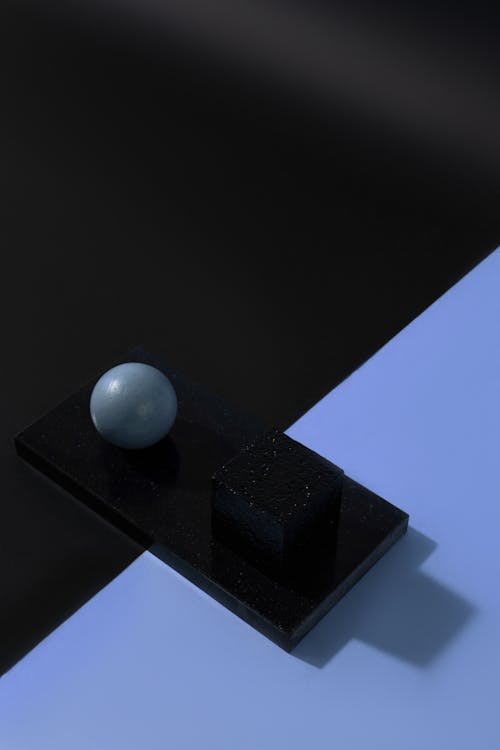
Complementary colors sit opposite each other on the color wheel and create vibrant contrasts when paired together. In jewelry, this can mean combining hues like blue and orange or purple and yellow. The stark contrast between complementary colors adds drama and visual interest to your accessories. For instance, a pendant featuring a deep amethyst paired with citrine accents can create a striking focal point.
Neutral Elegance
Neutral colors such as white, black, gray, and brown can serve as the perfect backdrop for showcasing vibrant gemstones. In jewelry design, neutral tones can add sophistication and versatility to your accessories. Whether it’s a classic pearl necklace or a sleek diamond bracelet, neutral hues provide a timeless elegance that complements any outfit.
Conclusion
In conclusion, color plays a vital role in jewelry design, influencing the overall look and feel of your accessories. Whether you prefer monochromatic elegance, complementary contrasts, or bold triadic schemes, understanding color theory can help you create stunning combinations that reflect your individual style. So, go ahead, explore the endless possibilities of color, and let your jewelry be a true reflection of who you are.
